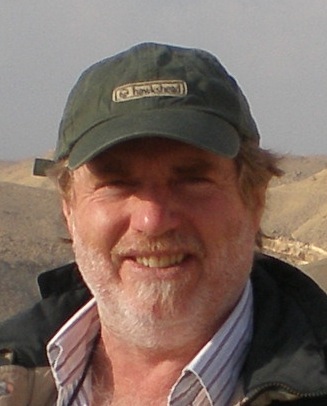How can we prevent dryland reservoirs filling with sediment
The challenge
Build a dam, interrupt the movement of water and, inevitably, the reservoir will fill with sediment brought down feeder rivers during floods. The rate of fill varies with the condition of the water catchment ‘commanded’ by the impounding dam and especially with the amount of vegetation and any changes in landuse. In drylands, with their sparse vegetation cover, reservoir ‘half-life’ – the lapse from the time of dam closure to that point at which half the capacity is lost – can be as little as 10-15 years. This represents not only a loss of capital investment, it can signal tough times ahead for locals who depend on impounded water for their livelihood. It might even mean migration or starvation and death.
The solution
The first challenge is to obtain reasonable estimates of the rates of sediment delivery. This might be judged by some to be easily done. However, so many reservoirs have filled ahead of their predicted half-life that we have to acknowledge the inadequacies of our predictions and the essential need for field research. The second challenge lies in understanding the efficacy of measures, such as afforestation, that can be used to mitigate erosion and the movement of sediment towards, and down, the river network.
Our research has provided valuable insights into the first of these challenges – assessing the transfer of sediment during flash floods in desert wadis that feed reservoirs. We have the first definitive estimates of the flux of coarse-grained sediment – known as bedload – and robust estimates of the flux of fine-grained sediment – which travels suspended in the flow.
The land surface is complex and its reaction to storms is highly variable. However, because we have been researching desert runoff for more than two decades, we have now captured enough of this variability to make recommendations that can mitigate the problem.
Resulting benefits
In the absence of radical landuse changes, such as complete catchment afforestation, we can now give advice on how to maintain reservoir capacity and, hence, water supply. This includes the construction of huge ‘settling basins’ upstream of reservoirs and, in the case of small impoundments and where topography permits, taking the reservoir off the line of the river channel, so allowing sediment to continue its journey downstream. As important are our estimates of the amount of river sediment that needs to be removed mechanically yearly or every decade if - as in most cases - the reservoir lies in the valley bottom. These give a basis for on-going costs of reservoir management where water supply can be a question of life or death, but where resources are often scarce.
Future directions
Because nature presents a rich pageant, where each drainage basin is unique, we need to probe our desert fringes to understand their hydrological dynamics. This becomes even more pressing when set against both the ever-shifting dryland margins of our warming world and the water requirements of an ever-increasing human population.
Add Pingback






